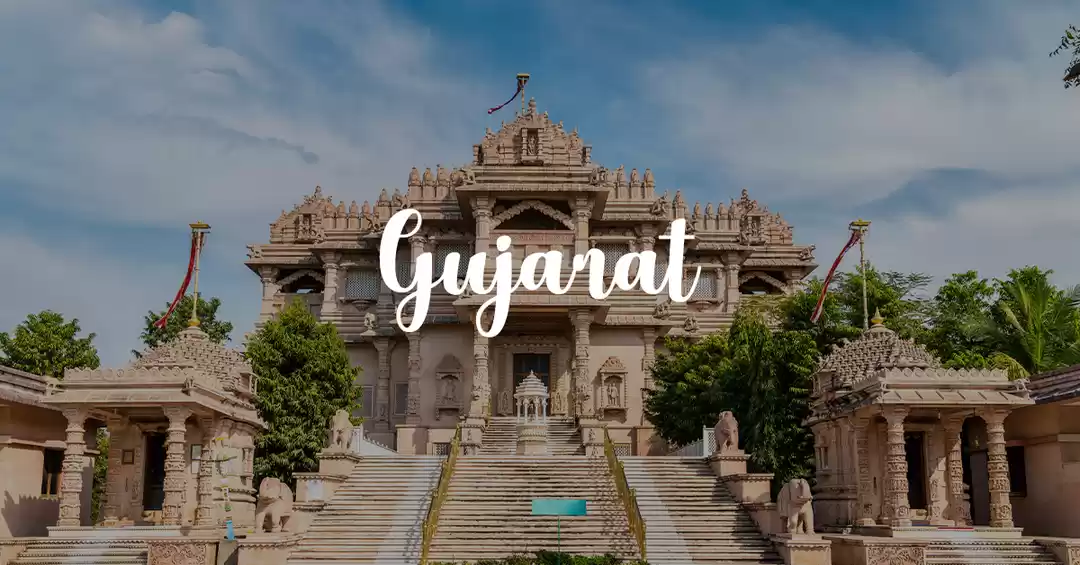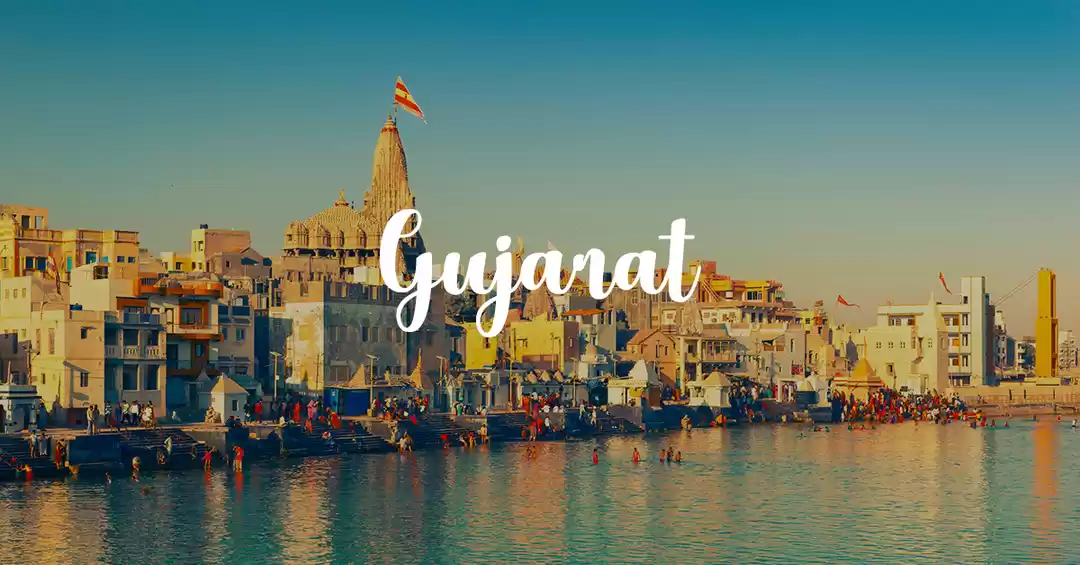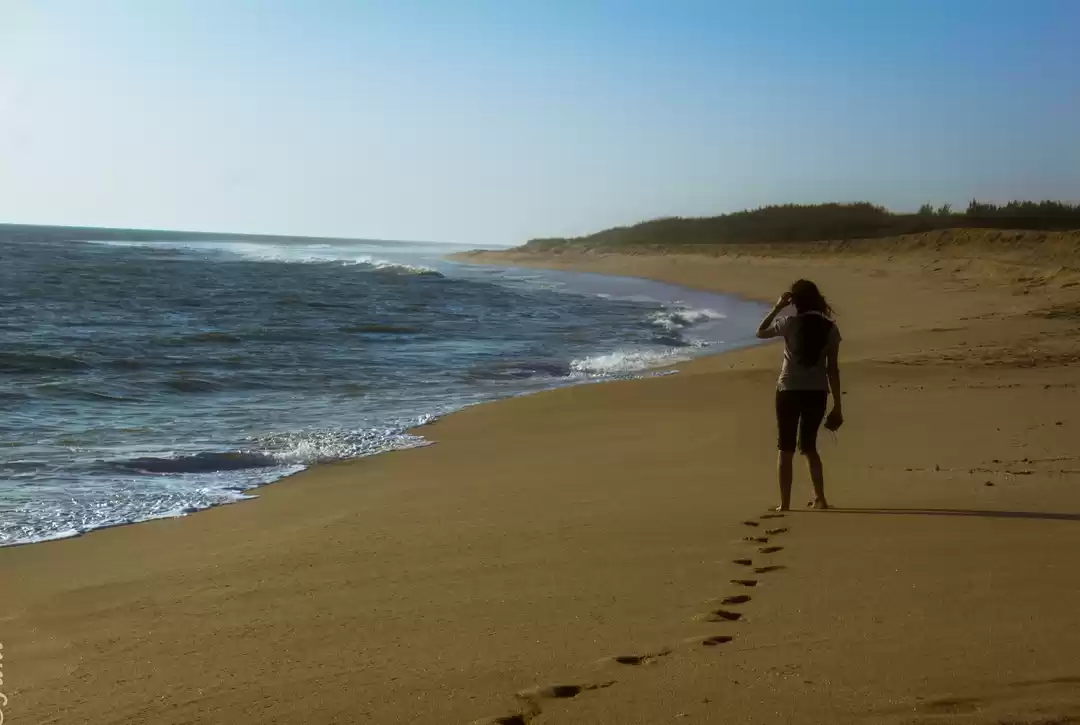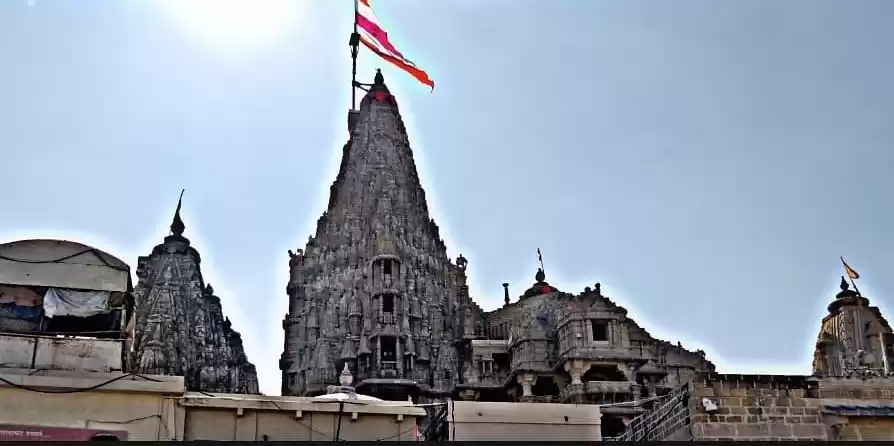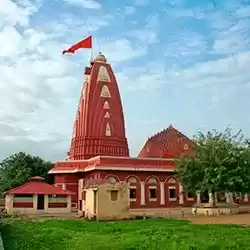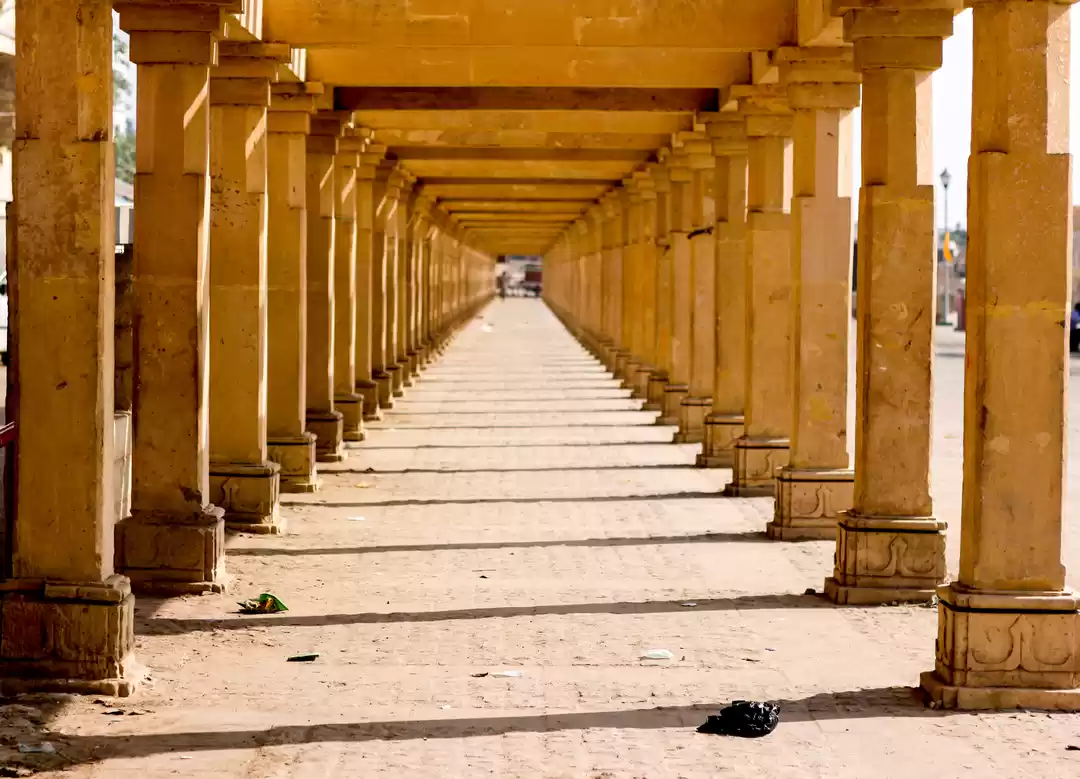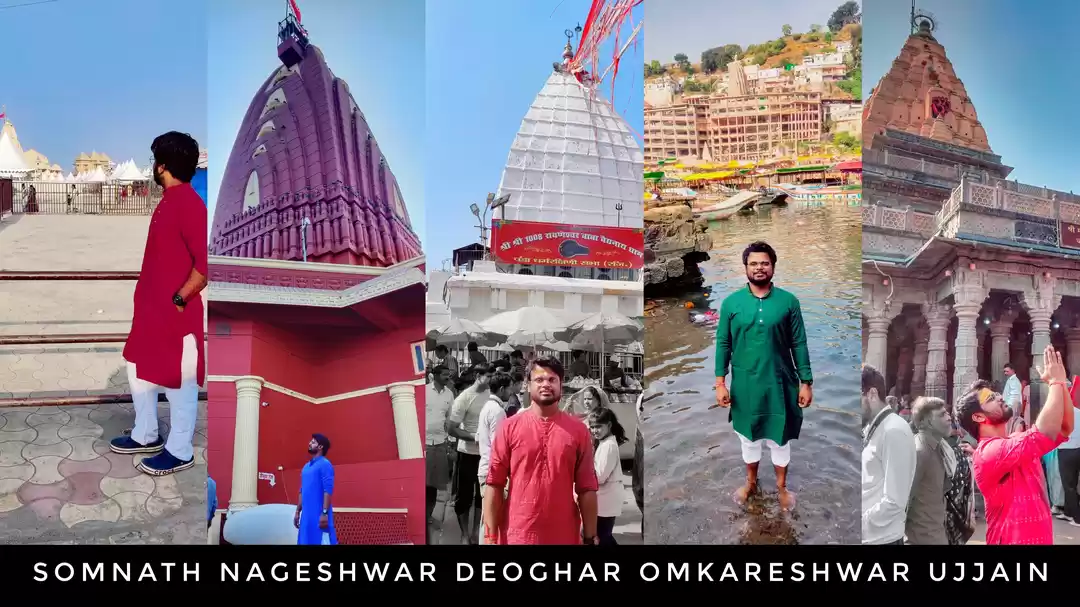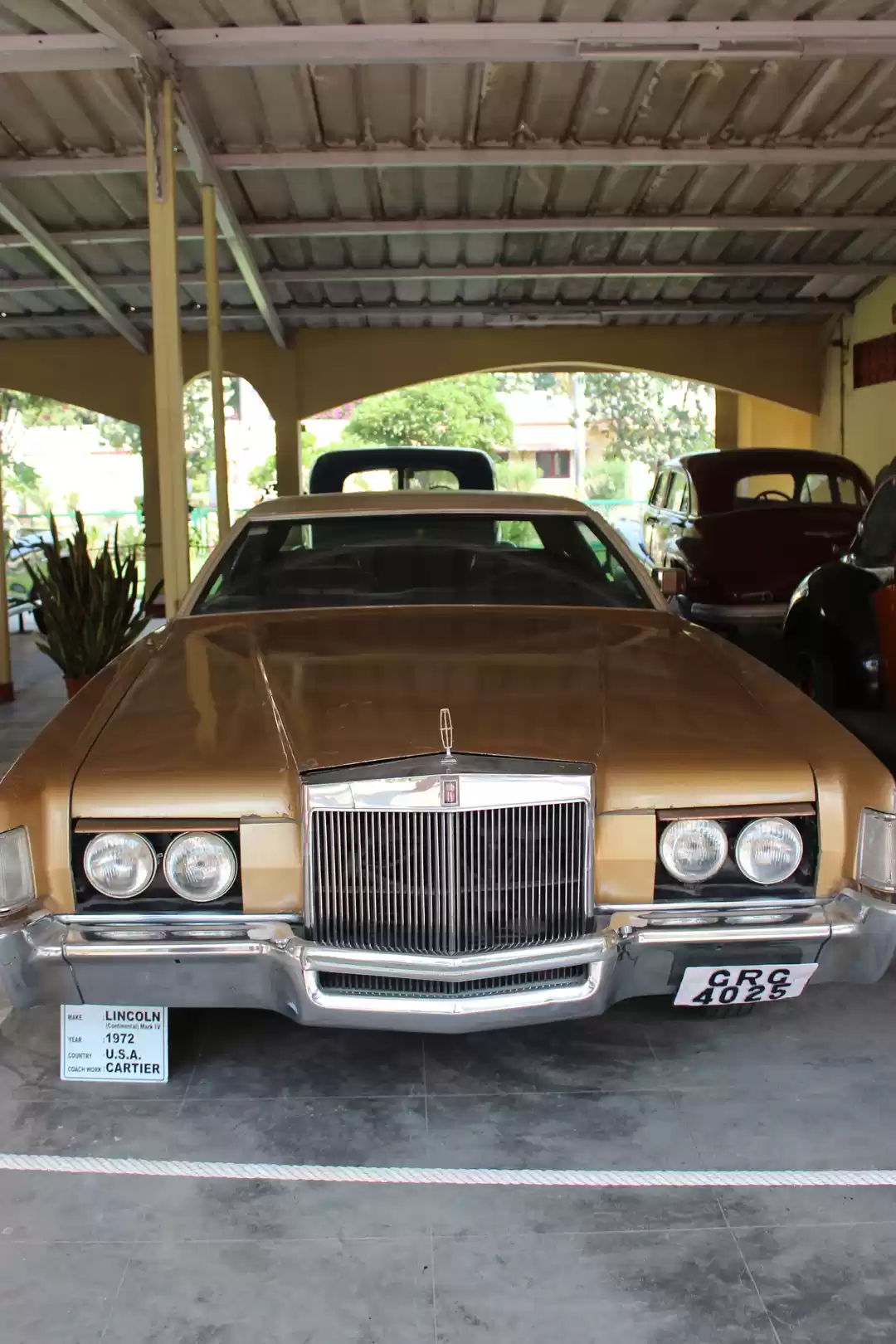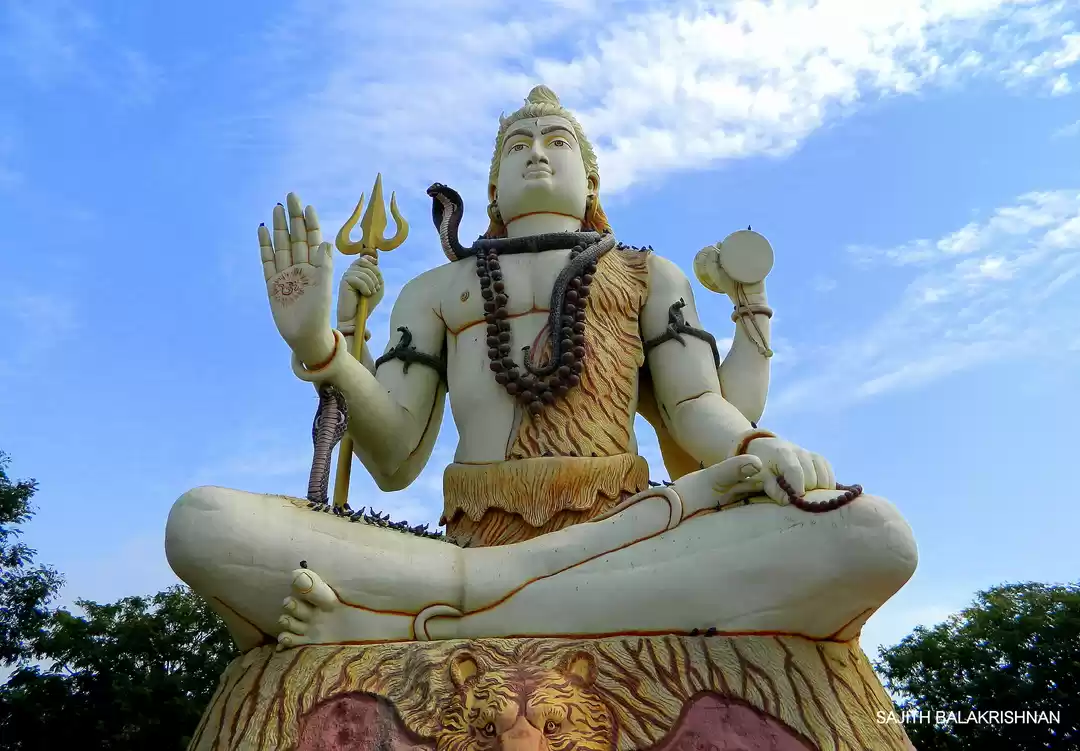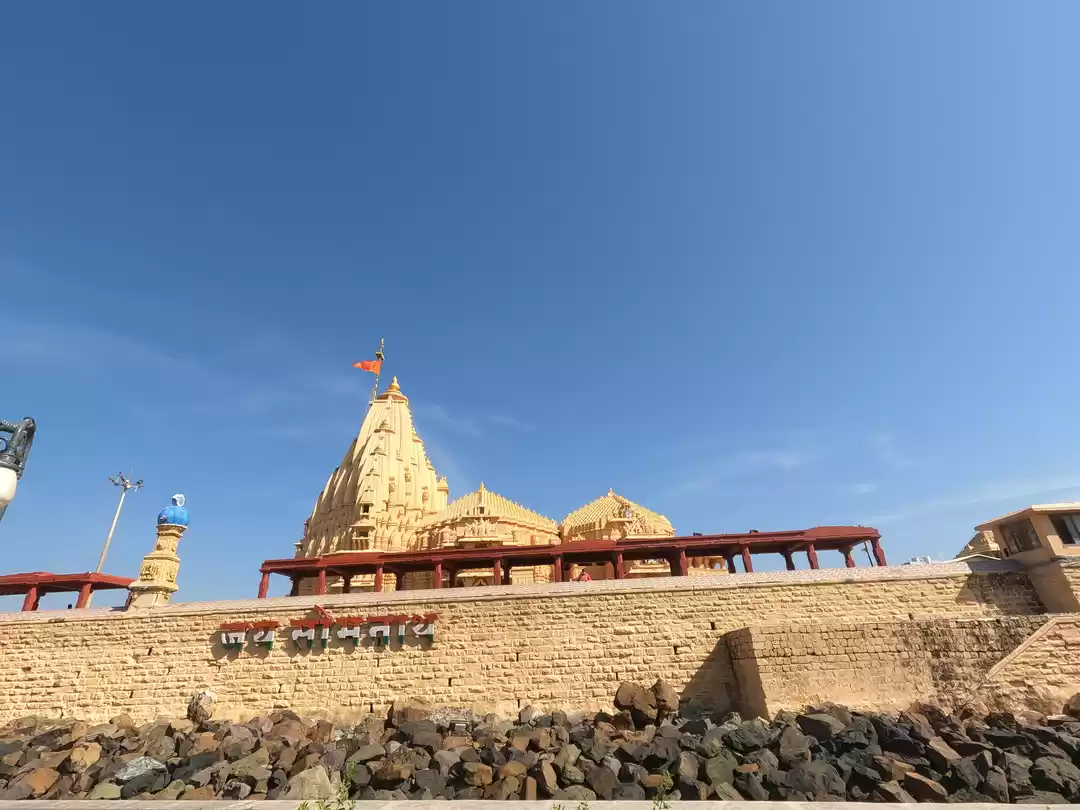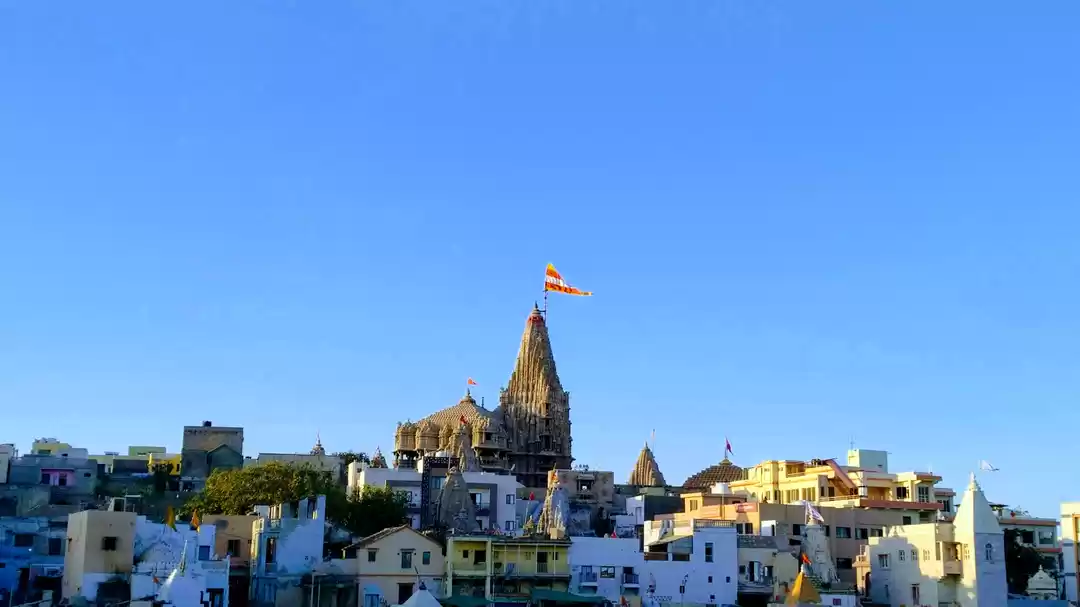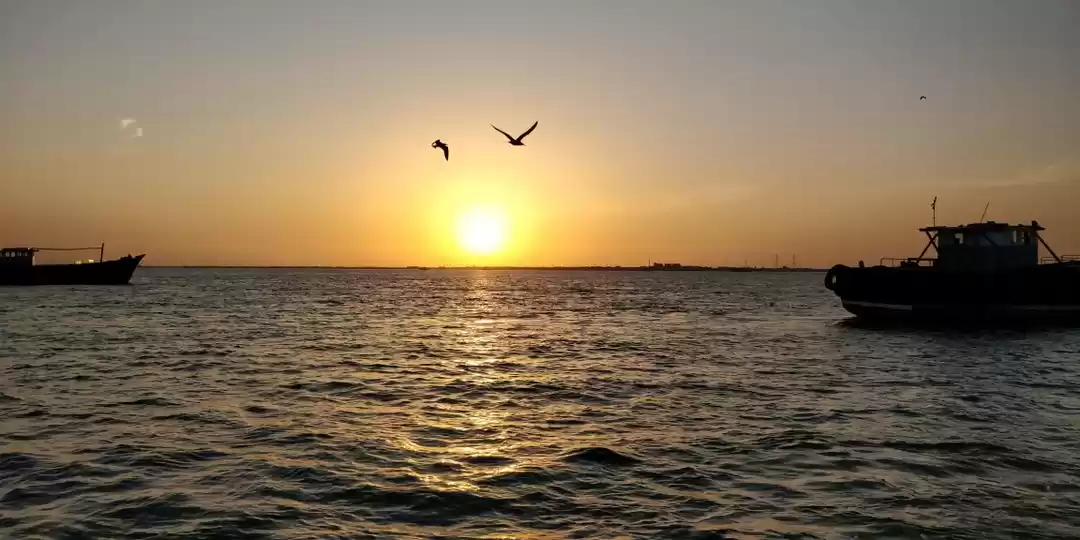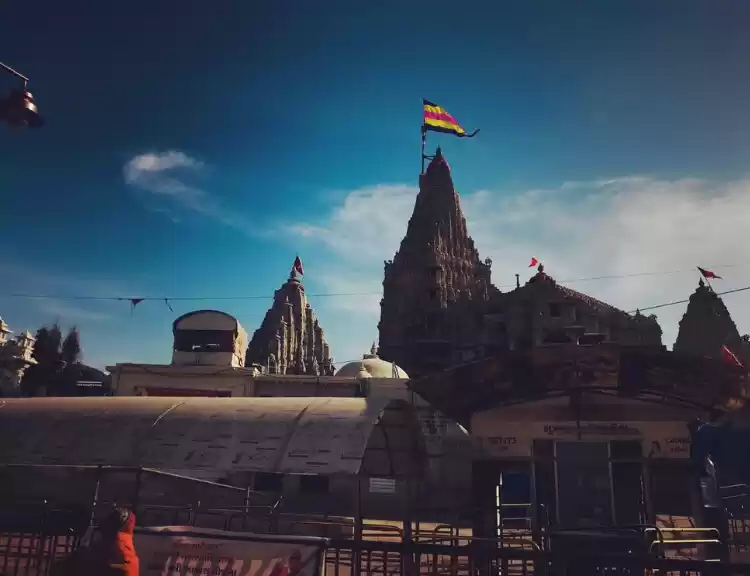
Our journey started from "New Delhi" to "Jam Nagar" via "12478/ SVDK Jam Express" and after that we were only left with 3-4 hrs run from Jam nagar to reach "Dwarka". So, we covered it from local train.

3rd day we planned to visit the second most popular temple i.e. "Beyt Dwarka". Beyt Dwarka or Shankhodhar is an inhabited island at mouth of Gulf of Kutch situated 3 km (2 mi) off the coast of Okha, Gujarat, India. So firstly we reached "Okha" by bus and after that we went there by ferry and it takes around 30 min to reach this island. This place is mysterious and It is said to be the home of Lord Krishna.

Nageshvara Jyotirlinga is one of the 12 Jyotirlinga shrines mentioned in the Shiva Purana. Nageshvara is believed to be the first such shrine. It is around 17km from "Dwarka" and you can visit here while going to "Okha" for "Beyt Dwarka".
On 4th day, We were ready to depart for "Somnath" temple. We boarded "19252/ Okha Somnath Express" and it took around 8 hrs to reach "Somnath". The Somnath temple located in Prabhas Patan near Veraval in Saurashtra on the western coast of Gujarat, is believed to be the first among the twelve jyotirlinga shrines of Shiva.[1] It is an important pilgrimage and tourist spot of Gujarat. Destroyed and reconstructed several times in the past.
After exploring and knowing some mysterious facts about this place, Now we returned back. "Mountains...Beaches.. Hill stations.. Most of us want to travel such places only. But they forget that there also exist some marvellous historic places in India and this place is one of them. I urge you guys to pull out some days from your busy schedule and visit this place. "Gujarat"
















